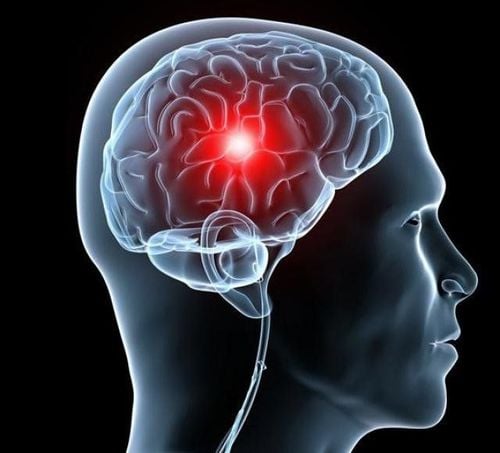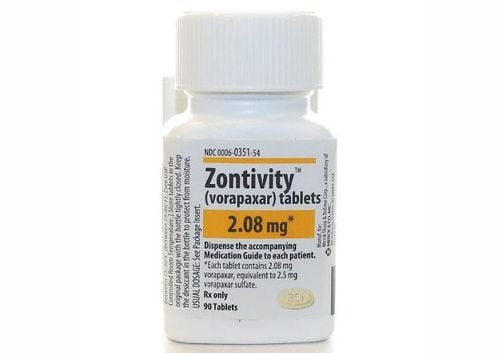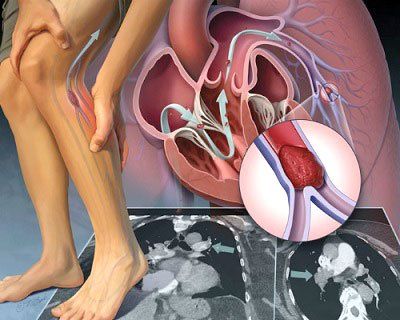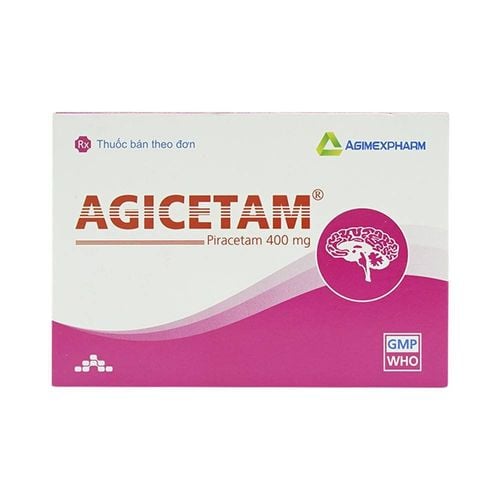This is an automatically translated article.
A skull fracture is a traumatic brain injury caused by a strong impact that causes skull trauma in the form of longitudinal fissures, compression, skull depression or fracturing. Treatment of skull fracture depends on the simple or complex fracture path, the presence of intracranial hematoma complications or not.
1. Classification of skull fractures
Classification of skull fractures based on the structure of the fracture line, including:
Closed fracture, also known as simple fracture, the skin covering the broken bone is not cut or torn. An open fracture is also known as a complex fracture, where the skin covering is torn and the skull is exposed. Compression fracture, also known as cranial depression, causes the skull to sink into the brain cavity. A skull base fracture is a fracture that occurs in the floor of the skull, such as the ears, nose, areas around the eyes, or at the top of the neck, near the spine. A linear fracture is a fracture of the skull in a straight line. A multi-fragmentation fracture is a bone that breaks into three or more parts. Classification of skull fractures based on the risk of the fracture lines, including:
Compressive skull fracture: has the highest risk of causing a dural tear and damage to the underlying brain parenchyma. Fracture of the temporal skull across the region of the middle meningeal artery: increased risk of epidural hematoma. Fracture passing through dural sinus: can cause large hematoma such as epidural hematoma due to venous bleeding or subdural hematoma. The venous sinuses, when damaged, can form thrombus and cause cerebral infarction. Fracture of the skull into the carotid artery: can cause carotid artery dissection. Cranial fracture lines in the occipital and basal bones: these are strong and thick bones, the impact force is very strong to break bones in these areas, thereby increasing the risk of parenchymal injury. brain tissue. If the skull base bone fracture spreads to the stone part of the temporal bone, it often damages the middle ear and the inner ear, causing reduced function of the facial nerve, the vestibular nerve of the cochlea. Neonatal Cranial Fracture: Because the skull bones in neonates are not yet joined, the meninges can become trapped in the rupture line, creating cysts in the dura mater and possibly larger fractures (progressive fractures). development).
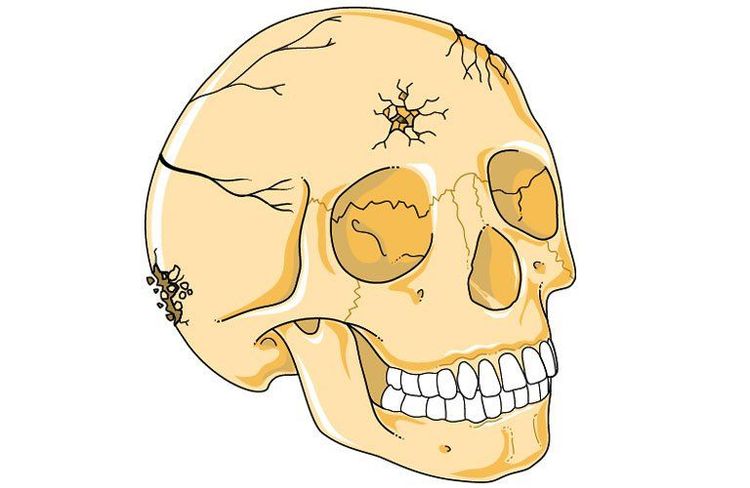
Tình trạng vỡ xương sọ được phân chia thành nhiều loại khác nhau
2. Symptoms of skull fracture
A skull fracture can cause the following symptoms:
Blood from the wound, eye socket, ear and nose CSF drainage from the nose or ears, sometimes with blood Hematoma behind the eardrum or in the ear canal outside if the eardrum is torn. Hematoma behind the ear (Battle sign) or periorbital hematoma (panda eye) causing bruising behind the ear or under the eyes Irregular pupil size, loss of light reflex Loss of smell and hearing. Facial nerve dysfunction can be immediate or over time. A skull fracture that damages blood vessels and brain parenchyma can cause a subdural hematoma, a hematoma in the brain. These hematomas cause increased intracranial pressure, which manifests as headache, nausea, vomiting, neck stiffness, and loss of consciousness.
3. Treatment of skull fracture
Treatment for a skull fracture depends on the type of fracture, the severity of the injury, and other associated brain injuries.
Closed skull fractures usually do not require specific treatment because the skull bone will mostly heal on its own, with just pain medication and rest. An open skull fracture may require surgical debridement if there is a CSF leak and the thickness of the skull is greater than the part of the broken bone that is compressed. Compression skull fractures sometimes require surgery to reposition the broken bone, mend the dura, remove damaged brain parenchyma, and repair torn blood vessels. Skull fractures often require surgery, because skull fractures are difficult to heal, have the potential to cause further brain damage if the fracture is left untreated, and cause cosmetic problems. The use of prophylactic antibiotics in skull fractures is controversial because there are not many studies. However, for open, bleeding, or bruised wounds, prophylactic antibiotics may be necessary. Surgery in skull fracture is usually indicated in cases of complicated fracture, skull subsidence, cerebrospinal fluid leak, pressure on brain parenchyma or hematoma in the brain causing increased intracranial pressure. If indicated, surgery should be performed quickly to prevent and treat compression and herniation of brain parenchyma. After the initial stage, patients can have surgery to shape the craniofacial defect by methods such as autologous cranial graft or craniofacial reconstruction with artificial materials.

Sau khi thăm khám bác sĩ sẽ đưa ra phác đồ điều trị vỡ xương sọ phù hợp
Currently, Vinmec International General Hospital is one of the most prestigious medical treatment units for neurological diseases in Vietnam. The Department of Neurology at Vinmec has the function of examining, diagnosing, consulting and treating diseases related to neurological factors, including head trauma, cerebral infarction, headache, cerebellar syndrome , dementia,... The typical method of the department is to use drugs in combination with paraclinical means such as electroencephalogram, ST Scan, MRI,... to diagnose from there. offer the best treatment for each medical condition, in order to ensure the best health for the patient.
Please dial HOTLINE for more information or register for an appointment HERE. Download MyVinmec app to make appointments faster and to manage your bookings easily.




